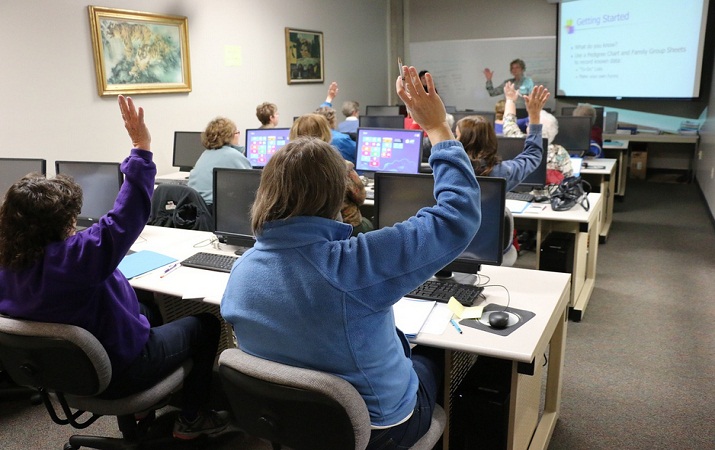Teaching methodologies have always been constant evolution as per advancements in the education sector. One of the innovative learning techniques, Active Learning is based on the actual participation of students in classroom studies which helps them get on-hand learning experience. Although we all have been accustomed to the deliverance of lessons through lectures and theoretical teaching experiences in classrooms, the current education system demands a practical and modern approach rather than traditional teaching methodologies. Active learning is considered to be one of the present-day teaching techniques suitable for classroom studies as it not only just ensures complete student engagement but also enhances skills like problem-solving, critical thinking and positive outlook among the students.
Some of the key factors which highlight the importance of active learning and why it should be incorporated as a teaching methodology in the classroom to optimize the existing teaching standards are mentioned below:
1. Participation of Students: Student engagement is very much necessary as the flow of education in only a single direction will not have much impact on the learning of students. Active learning encourages the participation of students through one-on-one interaction which builds genuine interest among the students to solve their doubts. In active learning, be it a debate over a particular topic or problem to solve or just a small quiz, each and every student will participate and try to learn through the activities.
2. Enhancement of Problem Solving Attitude: Since primary education to higher studies, most of the students shy away from arithmetic, calculus, or any other subject with problems. Quite different from the traditional learning techniques, active learning provides each student with equal chances of going through each problem and solving them on their own. Apart from that, it encourages to increase the efficiency of solving arithmetic problems through regular exercise, tests, and guidance which will promote their problem-solving efficiency.
3. Tech-enabled Teaching Practices: Technology is advancing in almost every field including the education sector also. Incorporation of new-age tools to help the students learn better has always been a key point of active learning. From an early age students are provided with knowledge about computers, learning through video conferencing, online learning platforms, learning through 3D or 7D figures, and so many tech-enabled learning practices. This unique approach gives the students a unique outlook and confidence to compete with the rest of the world.
Read also: A Brief View of Vocal and Instrumental Music Course
4. Encourages Creative Thinking: Creativeness is something that cannot be taught but can gradually be developed with constant motivation and guidance. An important necessity in the job field, creative thinking needs to be developed from an early age and is quite impossible to achieve through traditional teaching practices. Encouraging experimentation, practical knowledge gain and quest to learn more than the defined syllabus, active learning plays a key role in enhancing the ability of creative thinking among young learners.
5. Development of Collaborative Skills: Most of the students face difficulties if they cannot function profoundly in a team which is very much a necessity in the corporate world. While performing group projects or group assignments, students tend to learn about the distribution of workload. This unique learning experience helps them to learn about teamwork and also to appreciate everyone’s contribution while working in a team.
By providing the students and teachers the opportunity of one-on-one interaction, active learning makes teaching more engaging and inclusive. Education through active learning instills a more personalized experience among the students creating a passion for learning in them.
Courtesy: Higher Education Review
Follow us on Facebook, Twitter, LinkedIn.








